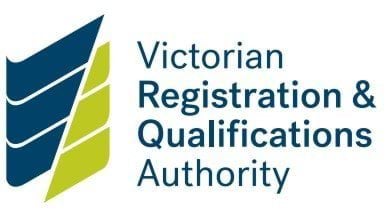About the Standard
RTOs must provide information and training to staff and volunteers so that they can:
- create child safe environments
- respond to allegations of abuse.
This Standard explains obligations for RTOs to train and support staff and volunteers, and provide ongoing education and training to:
- implement the organisation’s Child Safety and Wellbeing Policy
- recognise indicators of harm (including harm caused by other children)
- respond effectively to child safety issues and concerns
- support colleagues who disclose harm.
RTOs must provide training and information for staff and volunteers on building safe environments for children.
How to comply
An RTO must be able to provide evidence that it keeps its staff and volunteers informed of the policies and procedures that it uses to ensure child safety. These policies and procedures must include how to:
- identify indicators of child abuse and harm. This includes abuse and harm from other children.
- respond to issues of child safety including:
- internal and external reporting requirements
- notifying families and carers
- managing risks to children
- support a person disclosing harm to a child or themselves
- create culturally safe environments in the organisation.
RTOs should also provide evidence that regular child safety training is provided to all staff and volunteers. This includes how to:
- support a person disclosing harm to a child or themselves
- identify indicators of child abuse and harm
- respond to issues of child safety including:
- internal and external reporting requirements
- notifying families and carers
- managing risks to children
- support cultural safety.
Examples of compliance
An RTO complying with this Standard may have:
- recruitment, induction and professional development for staff and volunteers that supports child safety knowledge, skills and awareness
- student enrolment and pre-assessment processes that supports child safety knowledge, skills and awareness
- regular discussions about child safety during staff, management or board meetings
- duty statements and supervision arrangements that facilitate the provision of child safety information and training
- continuous improvement practices.
Updated


